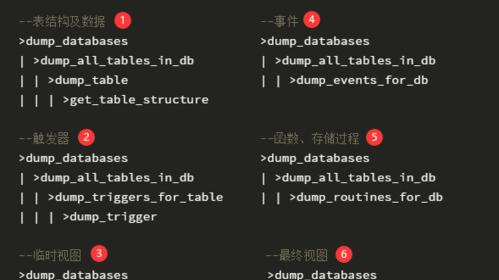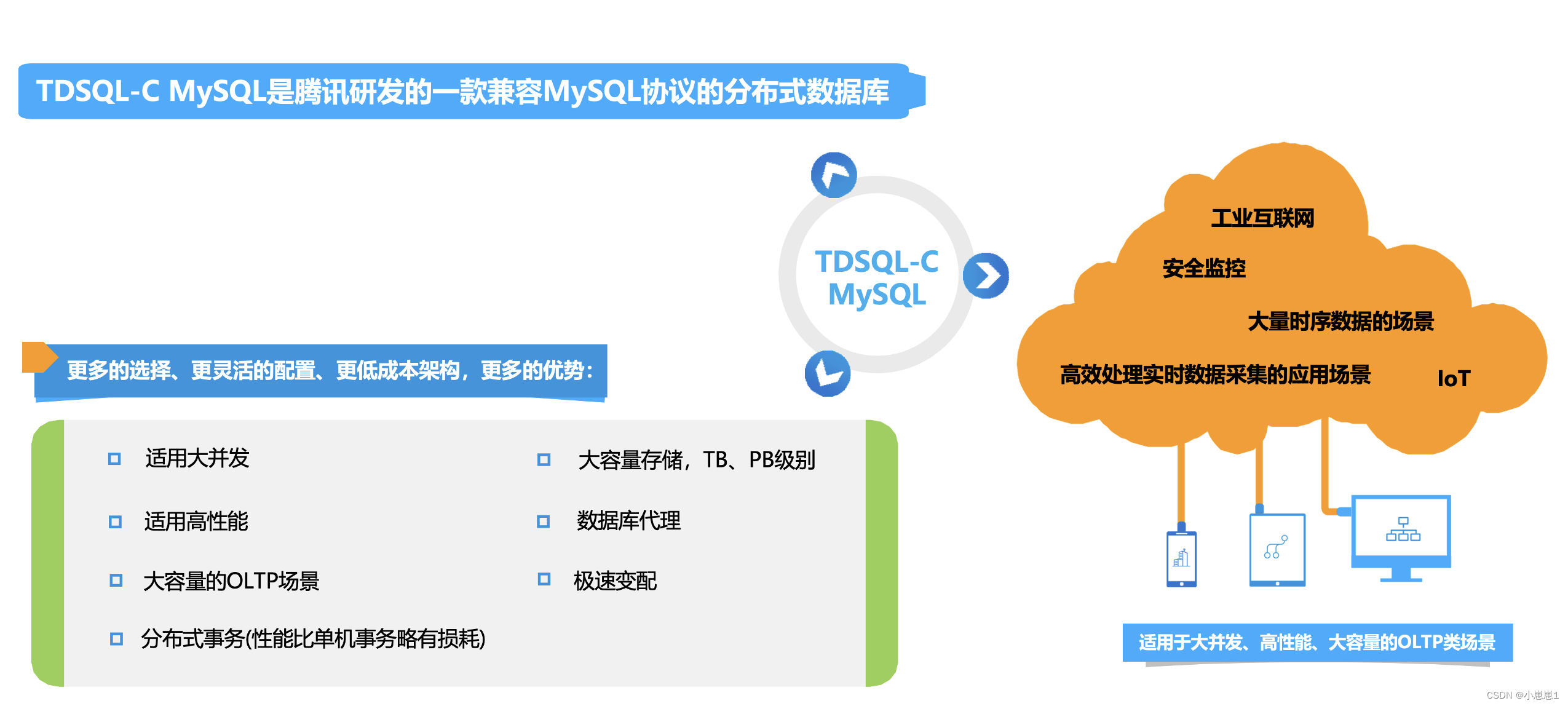上一篇
如何在Linux系统中创建链表?
- 行业动态
- 2025-05-03
- 1
在Linux系统中创建链表通常使用C语言,通过定义包含数据域和指针域的结构体节点,利用malloc动态分配内存,并通过指针将各节点连接,需注意内存管理及指针操作,适用于内核模块或系统级程序开发。
在Linux系统开发中链表是基础数据结构之一,广泛应用于内核模块、系统工具和应用程序,以下内容通过C语言示例,详细说明在Linux环境下创建、操作链表的完整流程,包含内存管理规范和高效代码实践,确保代码的稳定性和性能。
链表的基础结构
链表由节点(Node)构成,每个节点包含数据域和指针域,在C语言中通过结构体定义:
struct ListNode {
int data; // 数据域(可替换为其他类型)
struct ListNode *next; // 指针域,指向下一个节点
};创建链表的步骤分解
初始化头节点
头节点(head)是链表的起点,建议使用动态内存分配:
struct ListNode* create_head() {
struct ListNode* head = (struct ListNode*)malloc(sizeof(struct ListNode));
if (head == NULL) {
perror("内存分配失败"); // 错误处理
exit(EXIT_FAILURE);
}
head->next = NULL; // 初始化为空链表
return head;
}插入节点(尾部插入法)
保持链表有序性,时间复杂度为O(n):
void insert_node(struct ListNode* head, int value) {
struct ListNode* new_node = (struct ListNode*)malloc(sizeof(struct ListNode));
new_node->data = value;
new_node->next = NULL;
struct ListNode* current = head;
while (current->next != NULL) { // 遍历到链表末尾
current = current->next;
}
current->next = new_node; // 链接新节点
}删除指定节点
需处理内存释放和指针重定向:
void delete_node(struct ListNode* head, int target) {
struct ListNode* prev = head;
struct ListNode* current = head->next;
while (current != NULL) {
if (current->data == target) {
prev->next = current->next;
free(current); // 释放内存
return;
}
prev = current;
current = current->next;
}
fprintf(stderr, "未找到目标节点n"); // 错误提示
}遍历链表
调试或输出链表内容:
void print_list(struct ListNode* head) {
struct ListNode* current = head->next; // 跳过头节点
while (current != NULL) {
printf("%d -> ", current->data);
current = current->next;
}
printf("NULLn");
}释放链表内存
防止内存泄漏的必须操作:
void free_list(struct ListNode* head) {
struct ListNode* current = head;
while (current != NULL) {
struct ListNode* temp = current;
current = current->next;
free(temp); // 逐节点释放
}
}完整示例代码
#include <stdio.h>
#include <stdlib.h>
struct ListNode {
int data;
struct ListNode* next;
};
int main() {
// 创建链表并插入数据
struct ListNode* head = create_head();
insert_node(head, 10);
insert_node(head, 20);
insert_node(head, 30);
print_list(head); // 输出: 10 -> 20 -> 30 -> NULL
delete_node(head, 20);
print_list(head); // 输出: 10 -> 30 -> NULL
free_list(head); // 释放内存
return 0;
}Linux环境下的编译与调试
编译命令
gcc -o linked_list linked_list.c -Wall -Wextra
-Wall -Wextra启用严格警告检测代码隐患
内存泄漏检查
使用Valgrind工具:valgrind --leak-check=full ./linked_list
注意事项
- 头节点的作用:简化插入/删除操作,避免处理链表为空的特殊情况
- 错误处理:所有
malloc操作必须检查返回值,防止空指针 - 时间复杂度优化:频繁尾部插入时可维护尾指针(tail pointer)
- 线程安全:多线程操作时需使用互斥锁(mutex)
引用说明
本文代码符合GNU C编程规范,内存管理方法参考《Linux系统编程》(Robert Love著),链表算法原理基于《数据结构与算法分析:C语言描述》(Mark Allen Weiss著)。









